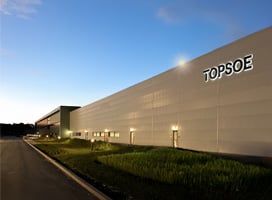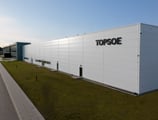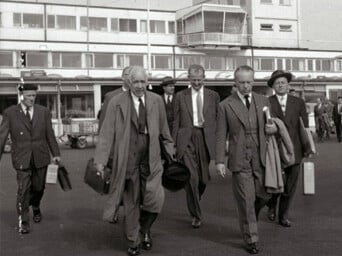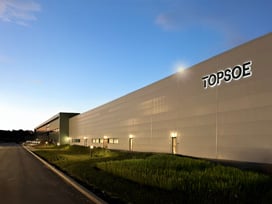The demand for sustainable aviation fuel (SAF) is expected to grow exponentially in the coming decades due to its critical role in helping airlines and related industries meet their decarbonization targets. This rapid growth presents a challenge to the industry. Currently, most SAF is produced from natural oils using hydrotreated vegetable oil (HVO or HEFA) pathways, but the limited availability of these feedstocks means that they alone will not meet the scale that is necessary to reach the current decarbonization objectives.
Ethanol, on the other hand, is a widely available feedstock globally with a well- established production infrastructure. This makes alcohol-to-jet (ATJ) a strong alternative to the currently preferred HVO/HEFA pathways.
The ATJ pathway enables ethanol producers to take advantage of their existing infrastructure to enter the growing SAF market and maximize profits by diversifying their product portfolio.
Knowledge & insights
Featured topics
-
Featured
.png) Topsoe Academy™ Topsoe Academy™ is your chance to tap into over 80 years of accumulated knowledge Find out more
Topsoe Academy™ Topsoe Academy™ is your chance to tap into over 80 years of accumulated knowledge Find out more -
 Discover how we meet the new energy reality to drive a sustainable future. Read
Discover how we meet the new energy reality to drive a sustainable future. Read
Solutions
Back
Solutions
Industries
-
Offerings
- Technologies
- Services
- Catalysts
- Power-to-X
News & events
Back
News & events
Careers
-
 If you’re ready to work alongside inspiring people like Hadise, Go solve at Topsoe.A place to make an impactRead
If you’re ready to work alongside inspiring people like Hadise, Go solve at Topsoe.A place to make an impactRead






![SAF Airplane runway[1]-1 1](https://www.topsoe.com/hs-fs/hubfs/SAF%20Airplane%20runway%5B1%5D-1%201.png?width=800&height=640&name=SAF%20Airplane%20runway%5B1%5D-1%201.png)





